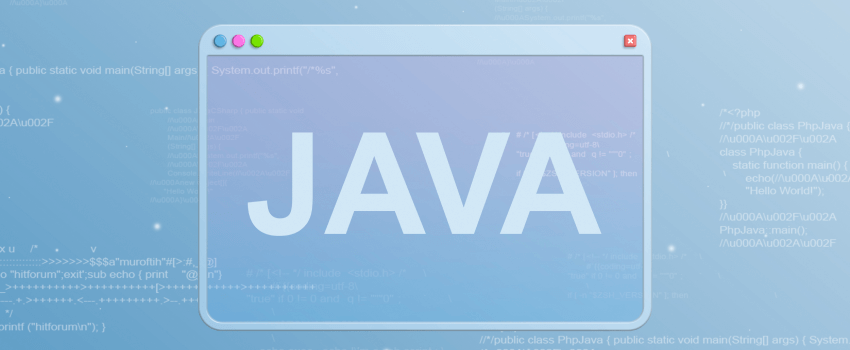Building a Scalable BDD Automation...
November 12, 2025

A well-implemented caching strategy can make your application feel instant for users while keeping infrastructure bills in check. According to Red Hat’s performance guide, intelligent caching can reduce server load by up to 80% for high-traffic applications.
This guide takes you from Java Caching basics to advanced distributed techniques, complete with code examples, framework recommendations, and real-world use cases.
Caching works by storing frequently accessed data closer to the application, whether that’s in RAM, on local disk, or in a distributed cluster so you don’t have to query the database or external service every time.
Performance Boost – Serve responses in milliseconds.
Lower Latency – Avoid slow network/database round trips.
Scalability – Handle more requests without adding hardware.
Cost Reduction – Fewer DB queries mean lower compute bills.
Better User Experience – Faster page loads and real-time feel.
Explore more: Top Java Development Companies in 2025
Stores data directly in application memory using frameworks like Caffeine, Guava, or Ehcache.
Best for: Frequently accessed, small datasets.
Pros: Lightning-fast, no network overhead.
Cons: Not shared across multiple instances.
Stores cache data on an external server or cluster examples include Redis, Hazelcast, and Infinispan.
Best for: Cloud-native and horizontally scaled apps.
Pros: Shared across all instances, fault tolerance.
Cons: Slightly slower due to network calls.
Combines local in-memory cache with a distributed backend for a balance of speed and consistency.
Expert view: Track Real-Time Location with Best Location Tracking Apps
Set expiration times so cache entries don’t serve stale data.
Remove outdated cache entries when underlying data changes.
Synchronize cache updates across distributed systems.
Write to both cache and database at the same time for consistency.
Avoid race conditions when multiple nodes update the same cache key.
| Framework | Type | Best For | Key Features | Pricing |
|---|---|---|---|---|
| Ehcache | In-memory/disk | Enterprise Java apps | JCache, off-heap storage | Free |
| Caffeine | In-memory | High-performance local caching | Size/TTL eviction, async loading | Free |
| Redis | Distributed | Scalable systems | Pub/Sub, persistence, clustering | Free + Paid plans |
| Hazelcast | Distributed | Cloud-native | In-memory data grid, failover | Paid plans |
| Infinispan | Hybrid | Enterprise-scale apps | JCache, persistence | Free + Support |
Recommended read: Top UX Research Methods for Budget-Smart Tactics
If you’re building enterprise-grade caching solutions, working with a seasoned Java Development Company can ensure the right architecture, framework, and configuration for long-term performance.
Mastering Java Caching goes beyond adding a simple in-memory store it’s about designing a strategy that fits your application’s needs. From TTL policies to distributed Redlock synchronization, advanced caching can be the difference between a slow, resource-heavy app and a lightning-fast, scalable system.
At Inexture Solutions, we help businesses implement caching layers that reduce latency, cut infrastructure costs, and improve user satisfaction.